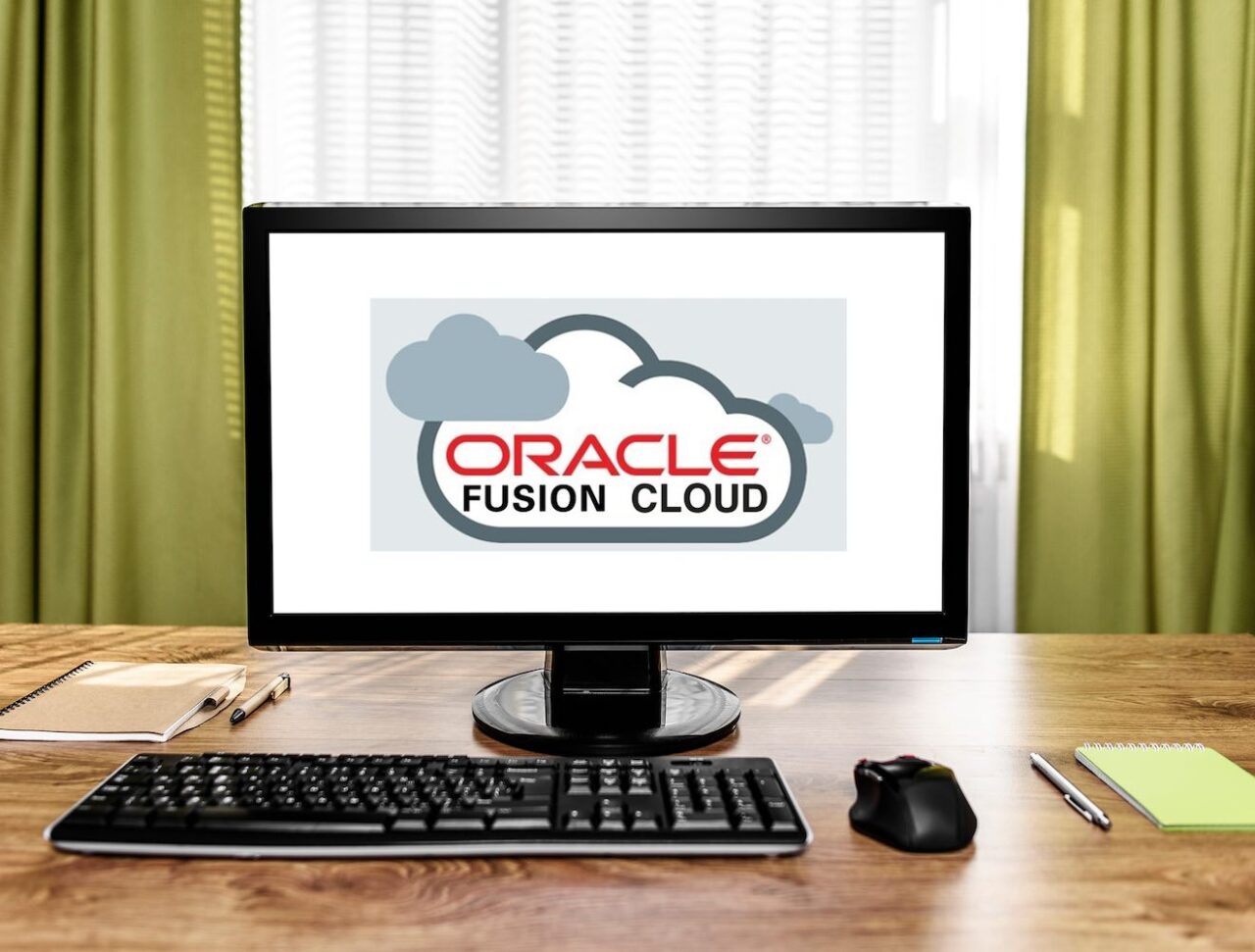Oracle Fusion Cloud
Quarterly Updates
Get the most impact from your Oracle investment
Get the most impact from your Oracle investment

Oracle’s Quarterly Updates are designed to increase functionality and improve the user experience. To help our Oracle clients understand the updates, and parse through a large amount of information, we’ve compiled a list of the updates that will have the biggest impact, including brief descriptions and the value to you.
Organizations should view the Quarterly Updates as a path to greater value, increased efficiency, and improved user satisfaction. However, competing priorities may push Quarterly Update tasks down your to do list. We can help you and your organization rollout the latest features and functions, ensuring you do not miss out on exciting new ways to work.
(Update 23D – Last Updated 11/6/2023)

Business Calendar for Payment Processing Requests – Set up a calendar so that weekends and holidays are automatically excluded from payment processing. If the payment execution date falls on a weekend or holiday, it will automatically roll forward to the next available date and your organization will avoid rejected payment files and additional fees.
Define Tolerances for Invoices in the Supplier Portal – Define tolerance levels for suppliers and the invoices they enter via the supplier portal. Once a tolerance is defined, suppliers can enter an overbilled invoice; if the overbilled amount is within the defined tolerance, it will be accepted! And back and forth between suppliers and buyers can be avoided.
Embedded Banking Services with JP Morgan – The solution provides integrated banking and payment services between Cloud ERP and J.P. Morgan Payments for U.S. and Canadian customers. It includes synchronization of all bank account master data, the requisite setup needed to automate funds capture/disbursement, and continuous bank statement retrieval, processing, and reconciliation. The integration also provides a seamless onboarding experience by automatically configuring connectivity and importing bank account master data.

Procurement
Prevent Communication of Certain Purchase Order Changes – If only promised or requested dates are changed on a purchase order, you can now prevent a revised PO from being sent to the supplier. Prior to this update, all changes, including to these dates, were communicated to the supplier. Cut down on unnecessary back and forth with your suppliers. There is additional setup required to leverage this new feature.
View the Rejection Reason for Autorejected Requisitions and Other Purchasing Documents – Prior to this update, buyers or requesters did not get an explanation as to why a purchasing document was autorejected. Rejection reasons can now be configured and shared online or via email, as needed. The rejection reasons will also be included in the document history. Providing rejection reasons, especially to requesters, should improve the requester experience, increase understanding of procurement policies, and cut down on outreach to procurement teams.
Upload Buyer Assignment Rules via Spreadsheet – Previously, buyer assignment rules could only be created or updated via the UI. This process worked well for small updates, but could be time-consuming for larger updates. With this update, users can now leverage the efficiency of an ADFdi spreadsheet to create and update buyer assignment rules based on cost center.
View Purchase Orders via Deep Link – Deep links, which allow users to directly access an application page, are now available for Purchase Orders. From within reports, emails, or other applications, directly access purchase orders where you are the requester or preparer.
Inventory Management
View Initial Requested Quantity on Transfer Orders – A new column of the Transfer Order page allows you to track the initial requested quantity. This data point can also be used for Key Performance Indicators for internal fulfillment.
Update the Receipt Date on Multiple Lines Simultaneously – In addition to other key fields, such as Received By, you can now update the Receipt Date on multiple lines simultaneously. Save time when multiple lines need to be updated with the same Receipt Date. Note: this feature does need to be enabled once you receive the 23D update.

Core HR
Add Nonworkers as Managers in Responsive Employment Flows – Different nonworker types, such as volunteers or consultants, can now be added as Line Managers in employment flows. Deliver on more specialized use cases, like a consultant managing employees or a volunteer managing other volunteers.
Position Budgeting – Control hiring activity for a defined budget period and against key values such as FTE count, total headcount, and total budget amount. You can configure budgets at various levels, such as Business Unit, Department, and Location, and choose whether it is a soft enforcement (warning to user) or hard enforcement (transaction error). Budget check occurs when a position is created Specialized approval rules can also be configured to route requests based on which values are exceeded and by how much. In a time of increasing labor costs and a need for tighter cost control, position budgeting couldn’t arrive soon enough.
Learning
Enhanced Learning Recommendations – There are three new ways learners can get course recommendations: based on manager-assigned skills important to an individual’s career development; based on courses popular with colleagues in similar roles; and based on courses popular with colleagues with similar career interests. All three course recommendation features must be enabled after the update is applied, so you can choose which recommendation enhancement is most relevant to your organization.
Payroll
Payroll Costing at Location – Location is now included as part of the Payroll costing hierarchy. You can do away with any manual workarounds and now utilize delivered functionality to achieve location-level labor costing. Location is included as part of the delivered payroll costing hierarchy. Simply update your assignment elements to be costed using location and include as distribution members.
Recruiting
Zoom Meetings in Interview Scheduling – Similar to the previously introduced Teams integration, you can now integrate a Zoom account with Recruiting. The integration allows your Recruiting to generate Zoom meeting links when sending meeting interviews from within Oracle Recruiting. When a meeting is updated, the Zoom meeting will also be automatically updated. If you leverage Zoom for virtual interviews, save your team time and manual steps with this integration!
Recruit Messaging Enhancements – There are two new messaging related features. First, you can now view delivery status indicators for text messages sent from Recruiting. The indicator will tell if you a message was Sent, Delivered, or Failed. Second, candidates can now choose to opt-in or opt-out of text messages; this offers increased flexibility for candidates and how they want to interact with the Recruiting team. Please note that both of these features are applicable to Twilo and Syniverse service providers
Talent Profile Management
Alerts for Expired or Expiring Licenses or Certifications – You can now configure alerts for any certifications or licenses saved to a person’s talent profile. The alerts can be configured to send notifications to both the individual, as well as manager, and per your organization’s specifications. For example, decide how many decides in advance of the expiration date you want the alert sent out.
The following is a list of features that are optional today but will become the default functionality in upcoming updates.
ERP (Financials)
New Method to Configure Contract Approval Notifications – Default by Update 24D
Supply Chain Management
Validate Rolled-Up Cost Information with Enhanced User Interface – Default by Update 24B
Update the Receipt Date for Multiple Lines Simultaneously – Default by Update 24B
Cancel a Closed Negotiation – Default by Update 24B
Email a Confirmation When Supplier Submits a Response to a Negotiation – Default by Update 24B
Human Capital Management
Discontinuation of Support for Share Personal Info in Update – In Update 24B
Redwood Experience and Activity Sequencing for Learning – Mandatory by Update 24B
Explore Jobs Using Oracle Maps – Default by Update 24A
Recruiting Event Role – New Delivered Role – Mandatory by Update 24A
Headquarters
400 E. Diehl Road
Suite 190
Naperville, IL 60563
Downtown Chicago Office
980 N. Michigan Avenue
Suite 1998
Chicago, IL 60611
Phone
1-800-680-7570